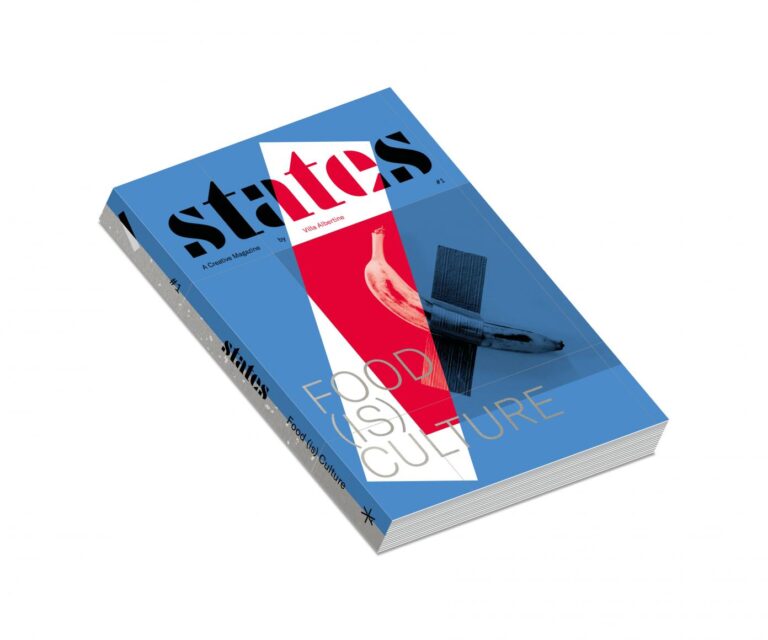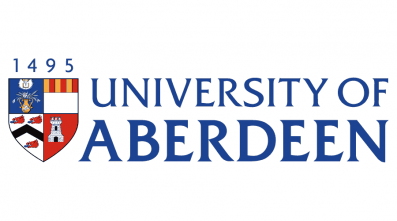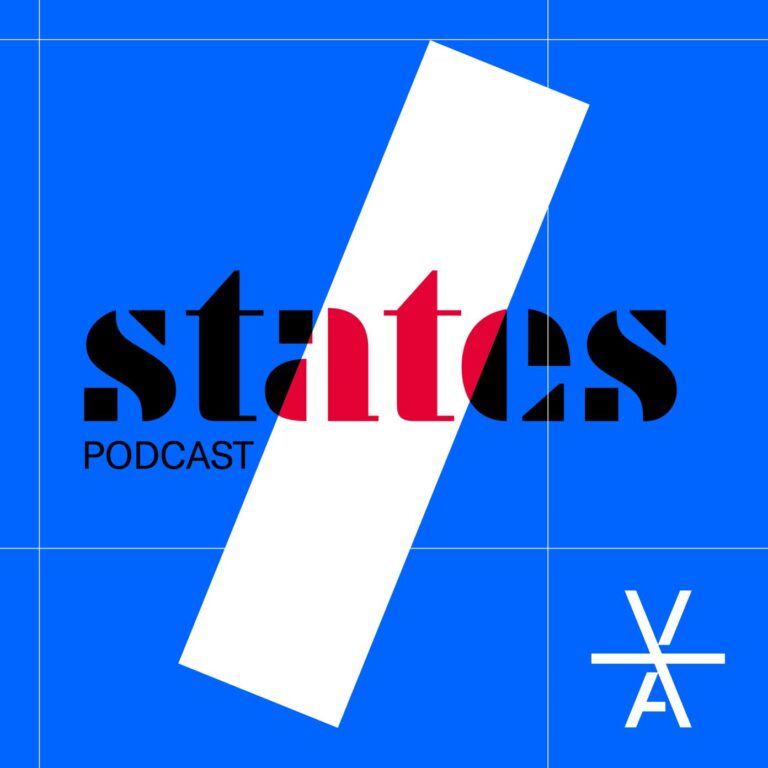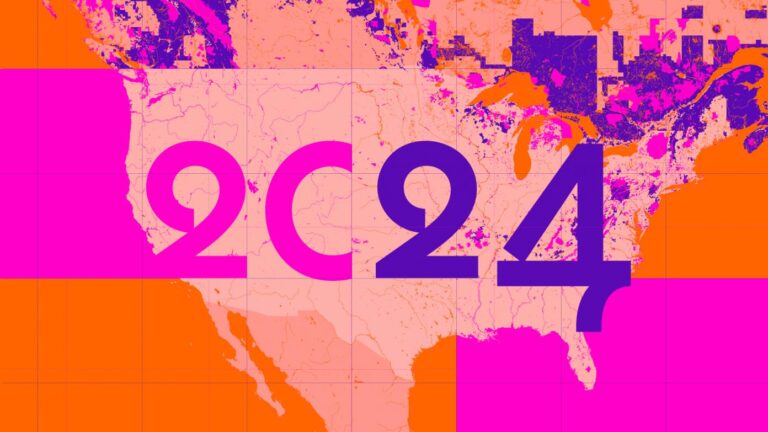
Claire Houmard
Archaeologist
Summer 2023

© Claire Houmard
- Museums
- San Francisco
“Many Arctic societies are having to demonstrate resilience in the face of modern socio-climactic upheavals. Among the Yupiit, this resilience involves a reassertion of their identity, and a stronger interest in their tangible and intangible heritage.”
Passionate about archeology since childhood, I have participated in and led digs at numerous sites across Europe and North America, dating from the Paleolithic right through to the 20th century. These experiences, as supported by my university studies, have gradually drawn me towards the study of societies that did not initially use writing. Understanding their ways of life and perceptions of their surroundings can only be done by examining the material culture available (finished artifacts and scraps of materials used to craft them). The core objective of my research is to investigate their intangible heritage through these remains.
While I am still interested in European prehistory, my focus since completing my PhD has been on the New World. More specifically, I look at the glaciated past of the Arctic, which pre-historians studying the Ice Ages (of the last 40,000 years) most often cover. From the first human settlements to Medieval and modern times, I trace the movements of populations and cultural interactions between Native (pre-Inuit, Inuit and Yupiit) and non-Native (Norse, European, Euro-American and Russian) societies. Exchanges were sparse between so-called “pre-contact” Arctic societies (which, depending on latitude and geographical isolation, refers to those who lived between the 16th and 20th centuries) and foreign ships or explorers in search of new resources (walrus tusk, whalebone, whale oil, furs) or quicker transport routes between Asia and Europe. Nevertheless, these contacts did influence the lifestyle of these nomad societies, who were particularly keen to acquire new goods (metals, pearls, smoking pipes, textiles, tobacco, sugar, alcohol, etc.), which became highly coveted items during the “contact” period.
An archeologist and junior professor at the University of Franche-Comté, Claire Houmard is involved in the Inter-Arctic and PaleoCet ANR projects. She received her PhD as part of a co-supervised program between the University of Paris-Nanterre, France, and Laval in Quebec, Canada. Winner of two thesis prizes (CIEC and Chancellerie des Université de Paris), she has also completed many postdoctoral degrees (Fyssen Foundation, MQB-JC, Labex PasP, Carlsberg Foundation) and carried out extensive research in Paris and Nanterre, and then in Copenhagen, Denmark, and Besançon, France. She is currently directing the “Yup’ik” project, which is supported by the French Ministry of Europe and Foreign Affairs and by Villa Albertine.
Many Arctic societies are already experiencing the effects of the current climate disruption (including rising temperatures, extreme weather events, rising waters, and coastal erosion). They have shown resilience in the face of these socio-climactic upheavals by reasserting their identity, particularly through their tangible and intangible heritage.
In 2016, I had the opportunity to work in southwest Alaska, where I came to discover the Yup’ik lifestyle. The Yupiit (singular: Yup’ik) have been settling on either side of the Bering Strait (Siberia and Alaska) for the last millennium. Relatively sedentary and hierarchical, they live primarily on salmon fishing and moose hunting. The area has a particularly strong crafting tradition based on driftwood and moose antlers. A joint project between the Yup’ik community in Quinhagak, Alaska, and the University of Aberdeen, Scotland, was set up to preserve the remnants of the Nunalleq archeological site known as “the old village”. This site has been well documented for many years and is deeply rooted in oral tradition, but is now under threat due to coastal erosion. Forming a direct record of the successive intertribal conflicts that occurred during the Little Ice Age (1350–1860) in southwest Alaska, it was abandoned around 1675 after suffering an especially violent attack.
The close collaboration between archaeologists and residents—the latter of whom continue to uphold their oral tradition and age-old knowledge—has led to the creation of the Nunalleq Museum in Quinhagak. This institution strives to help the communities preserve their heritage within these ancestral lands for years to come, as opposed to a “museum-sanctuary,” far removed from the actual sites of discovery. The symbolic scope of this project is important, even though the village and its museum will eventually be forced to relocate due to rising water levels. The French project “Yup’ik” now takes over to explore the resilience, past and present, of this population.
The site of my residency will be the village of Quinhagak, a hub of field research and archeological study, as well as a site of memory for the Yup’ik descendants who live some three miles from the “old village”. In the Arctic, it is extremely seldom that these three pillars of heritage all come together within one location. My residency represents a unique chance to reconcile past and present, and to contribute to the (re)appreciation of this Arctic community’s cultural identity. The populations who depend largely on traditional means of survival are under particular threat of economic globalization and climactic disruption.
In collaboration with the University of Aberdeen and with the support of Villa Albertine and the French Ministry of Europe and Foreign Affairs, I will resume the fieldwork suspended in 2018, attempting to document Nunalleq while resituating this site in its cultural and environmental context, as well as expanding the scope of study through prospecting and surveying the immediate surroundings. I hope to gain a better understanding of how the Yupiit have withstood current and past changes, specifically during the Little Ice Age, which compromised their access to natural resources. Throughout this era, Nunalleq inhabitants remained in their homeland for over 200 years despite ever-escalating conflicts. Using sediment analysis, I will seek to assess how plant and animal resources fluctuated during that time, hoping to gain a better understanding of 17th-century Yup’ik customs. In this way, I will compare the oral tradition against the evidence left by archeological remains.
In partnership with

University of Aberdeen
The University of Aberdeen Department of Archaeology is partnering with the village corporation Qanirtuuq, Inc. and the Yup’ik village of Quinhagak on a large scale archaeological project. Archaeological sites, as well as the modern infrastructure in the region, are threatened by melting permafrost and rising sea levels along the Bering Sea. Our work focuses on the Nunalleq site, a 14th-18th century pre-contact Yup’ik village with exceptionally well-preserved organic remains. Since 2018, we have been processing finds in a Quinhagak-based lab in the newly opened Nunalleq Culture and Archaeology Center.

Université de Franche-Comté
The University of Franche-Comté (uFC) is a French university founded in 1423, a public establishment of a scientific, cultural and professional nature (EPSCP), whose headquarters are in Besançon. It is made up of 12 components which are either training and research units (UFR), more commonly called faculties, or schools or institutes. It is spread over five sites: Besançon (Doubs), Belfort (Territoire de Belfort), Montbéliard (Doubs), Vesoul (Haute-Saône) and Lons-le-Saunier (Jura).




